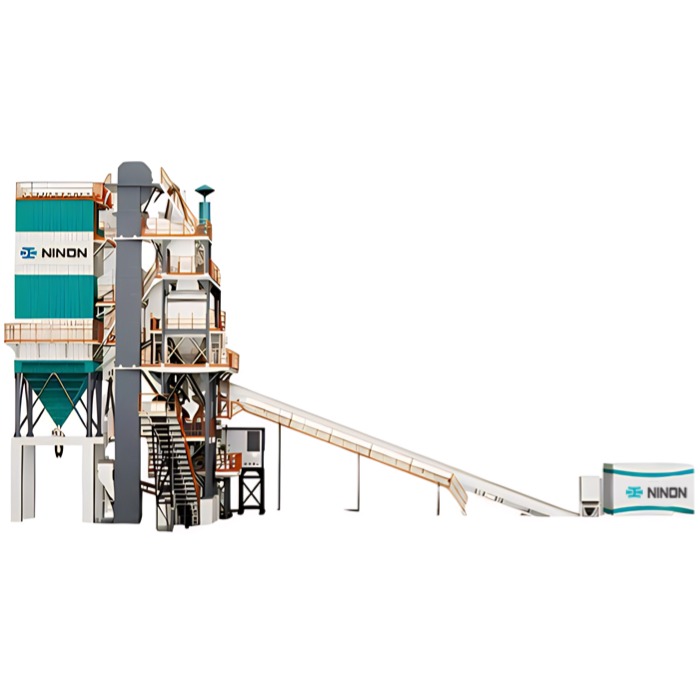Introduction
As reform and development deepen, its construction industry progresses steadily, spurring greater demand for sand. Yet over-exploitation has depleted natural sand, which can barely meet project needs—creating an urgent need for traditional sand-gravel substitutes in construction materials.
Driven by this demand, manufactured sand (produced via manufactured sand production lines) has become a feasible alternative. This paper explores the application of manufactured sand in concrete (mixed by concrete mixers), aiming to offer references for construction industry in concrete work.
Application Issues of Manufactured Sand in Concrete
The core distinction between manufactured sand and natural sand lies in the stone powder generated during manufactured sand production line operations. Stone powder refers to particles smaller than 80μm after soil removal—data shows that in China, stone powder from manufactured sand production lines typically has a particle size above 0.016mm, four times that of mud particles.
Unlike harmful mud in manufactured sand, an appropriate amount of stone powder enhances concrete performance: it compensates for manufactured sand's poor workability and boosts the quality of concrete mixed in a concrete mixer. China's standards specify an optimal stone powder content of 3%–7% in manufactured sand, though specifics depend on supplier-demeander needs and regional variations in manufactured sand properties. Critically, stone powder differs from mud—mud degrades concrete's comprehensive performance, so its content must be strictly controlled during manufactured sand production line processes and before mixing in a concrete mixer.
Adjustment of Concrete Mix Proportion Design Ideas
Since manufactured sand differs from natural sand, its concrete mix design (for use in a concrete mixer) must differ too. Most manufactured sand concrete mix schemes find that increasing the water-cement ratio by 0.05 maximizes strength. Researchers have also innovated a method: using stone powder from manufactured sand to replace fly ash. For instance, substituting a small proportion of fly ash with manufactured sand's stone powder improves workability, reduces bleeding, and enhances fluidity of concrete mixed in a concrete mixer.
Thus, during manufactured sand concrete mix design, workers must grasp each component's properties—including how manufactured sand's stone powder interacts with other materials—to create efficient schemes. This ensures optimal performance when mixed in a concrete mixer and supports construction across various industries.
Adoption of New Production Technologies and Quality Management


Conclusion
To resolve these issues, targeted measures are necessary: first, develop reasonable mix designs tailored to manufactured sand concrete, ensuring compatibility with both the properties of manufactured sand from the manufactured sand production line and the mixing process of a concrete mixer; second, establish a correct understanding of stone powder's role—recognizing that appropriate stone powder content (a byproduct of the manufactured sand production line) can improve concrete workability in the concrete mixer; third, advance systematic research on manufactured sand production line optimization and manufactured sand's performance in the concrete mixer. These efforts will drive the healthy development of manufactured sand applications across all regions.

